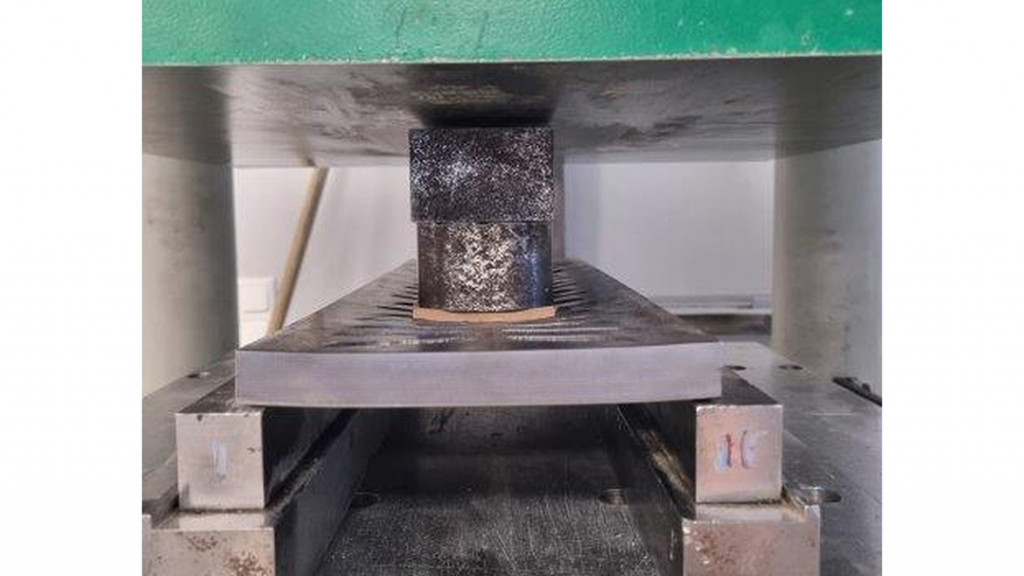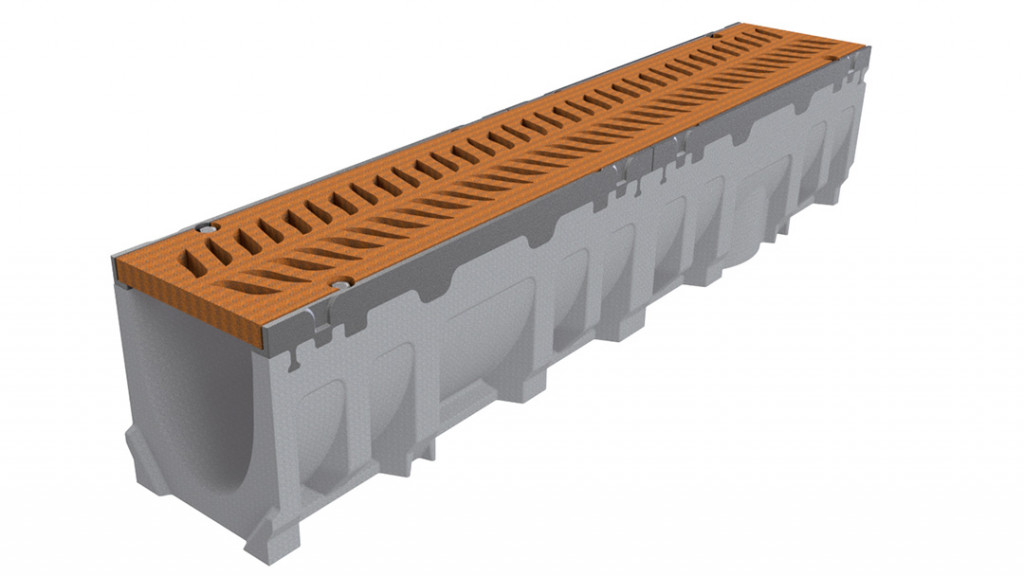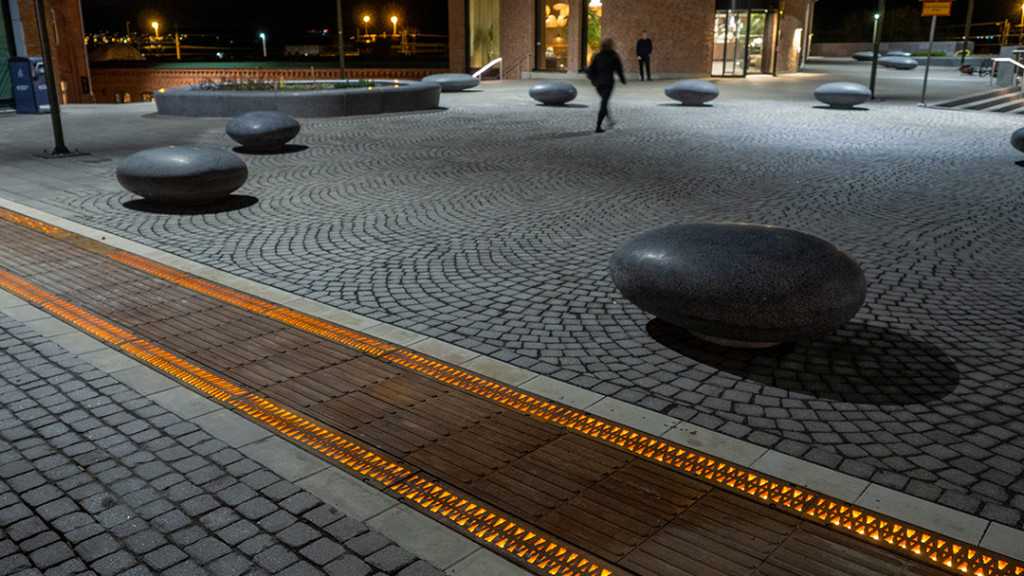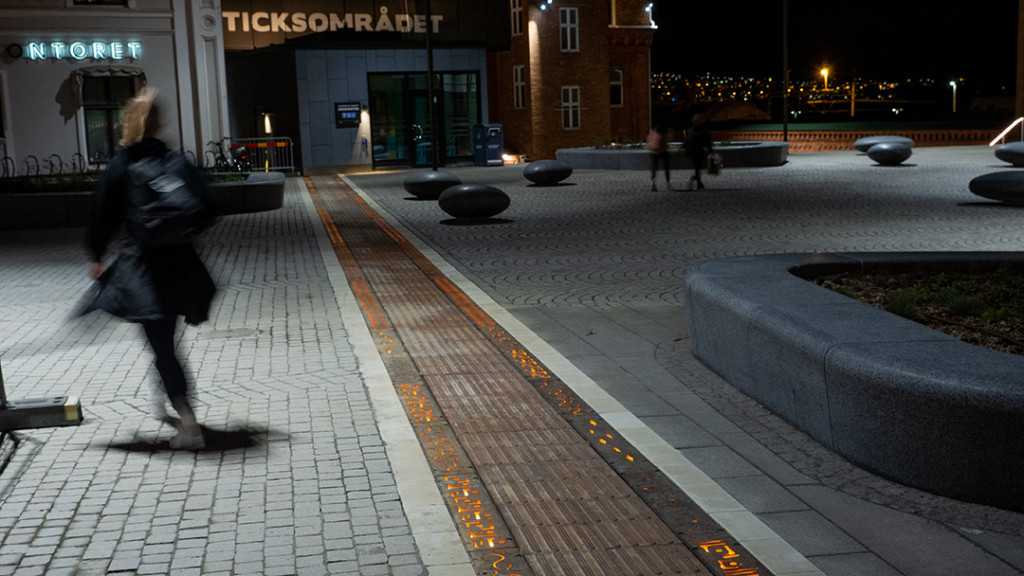The band of light on the forecourt of Brånebacken Museum in the Swedish town of Jönköping, comprising patterns that recall the history of the matchstick industry, draws visitors in and guides them towards the museum. The Swedish artist, Erik Vallbo, came up with the idea of a patterned band of light that, like an illuminated trail, recalls the town's matchstick history.
Traces in Motion, Jönköping/SWE
All fired up for a piece of remembrance culture
Traces in Motion, Jönköping/SWE
All fired up for a piece of remembrance culture
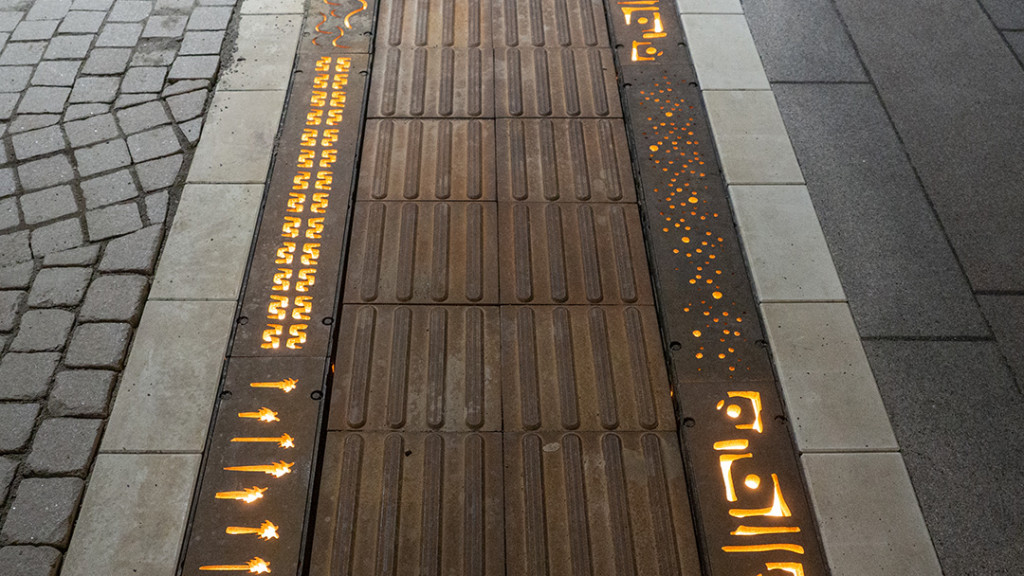
In cooperation with us and our Swedish distribution partner, Ulefos, the artistically designed covers were developed for the unique objet d'art.
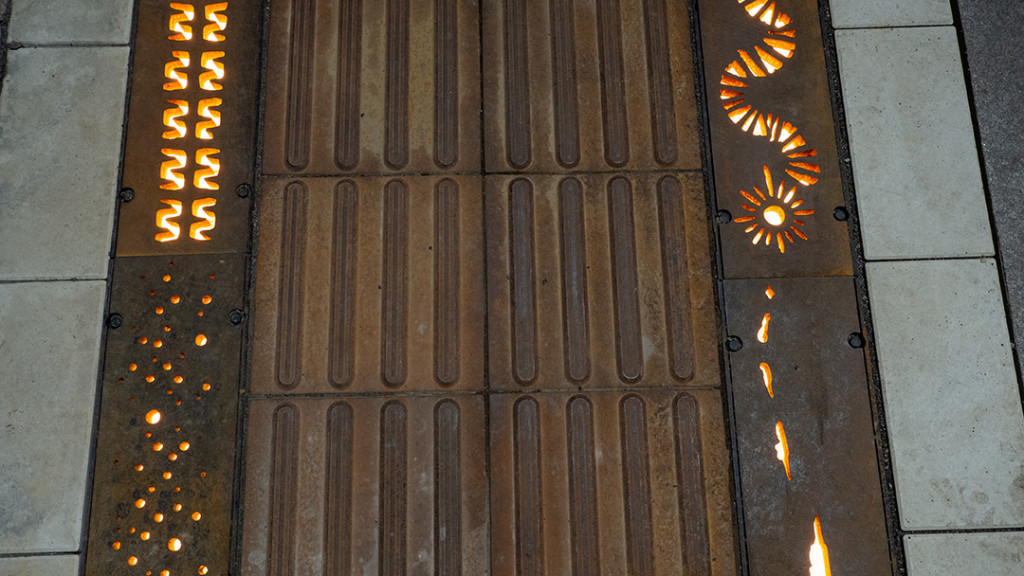
The small, international team worked with Erik Vallbo to find the right pattern layouts. A production process also needed to be found that was capable of reproducing the, at times, very filigree patterns.
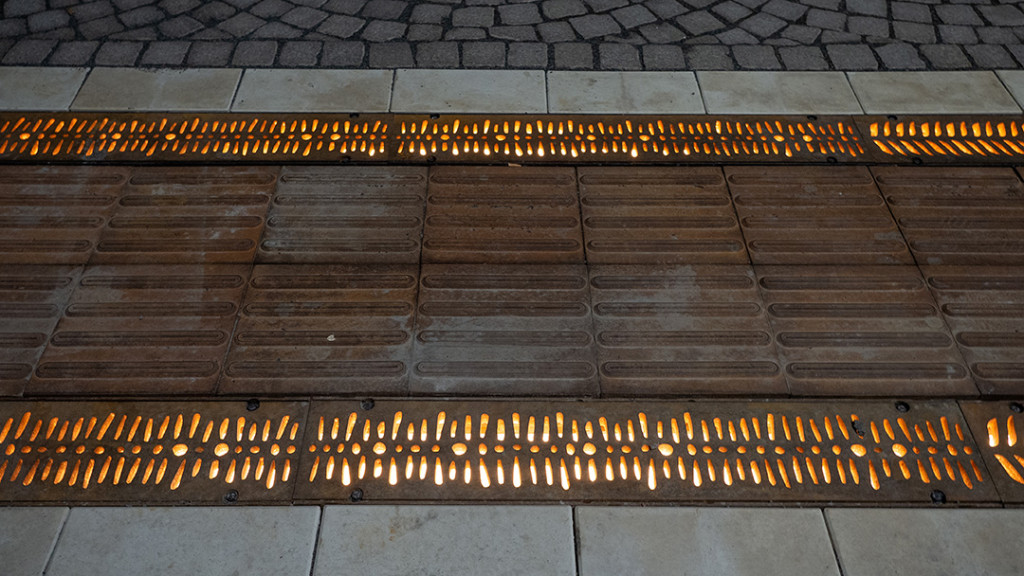
The band of light should furthermore be able to absorb the heavy load exerted by city buses. As a result, a large part of the project involved calculating and exploring patterns and shapes that could withstand such heavy pressure.
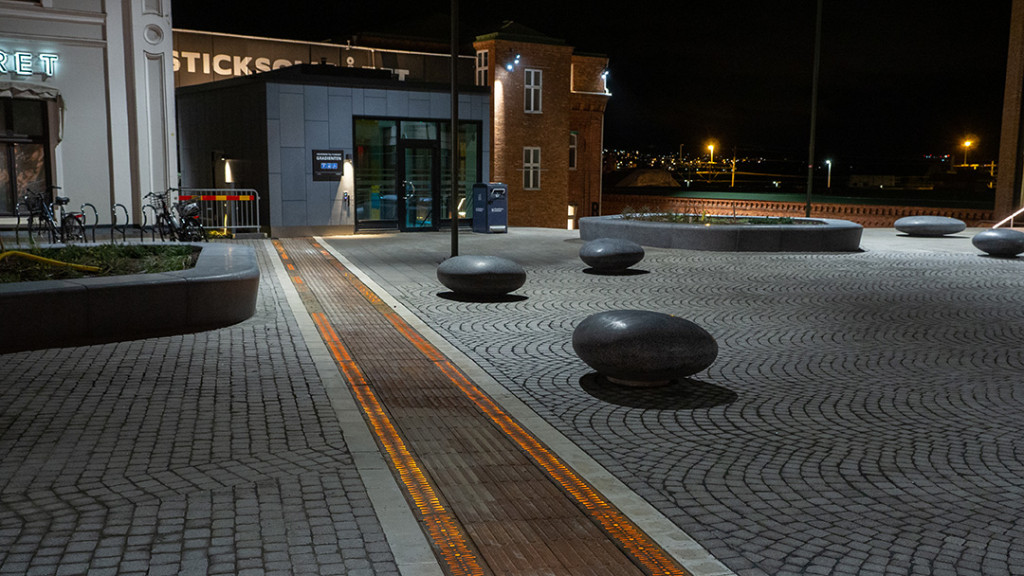
The band of light on the forecourt of Brånebacken Museum in the Swedish town of Jönköping, comprising patterns that recall the history of the matchstick industry, draws visitors in and guides them towards the museum. The Swedish artist, Erik Vallbo, came up with the idea of a patterned band of light that, like an illuminated trail, recalls the town's matchstick history.

In cooperation with us and our Swedish distribution partner, Ulefos, the artistically designed covers were developed for the unique objet d'art.

The small, international team worked with Erik Vallbo to find the right pattern layouts. A production process also needed to be found that was capable of reproducing the, at times, very filigree patterns.

We needed to examine whether the patterns could even be lasered from the corten steel plates; at times, all that was missing was a certain radius. And, on the other hand, the ability to drive over the patterns also needed to be guaranteed. Tests and calculations were run to establish this,

Collectively overcoming these challenges, sounding out the various possibilities: that was a lot of fun. The corten steel manufacturing method that we developed here will make it much easier to offer similar work jobs in the future.
Project profile
Project name
Traces in Motion
Location
Jönköping, Sweden
Installed channel types
BG-FILCOTEN® G NW 150
Grating types:
Corten steel designer grates
Total length in metres
80 m
BG-Project team:
Ulrich Groth, Wolfgang Strandl, Christoph Lettner
Architect/planner
Partners:
Ulefos AB, Stenkullen, Sweden
Mr. Peder Svensson
Ulrich Groth
Product Manager
BG-Graspointner


